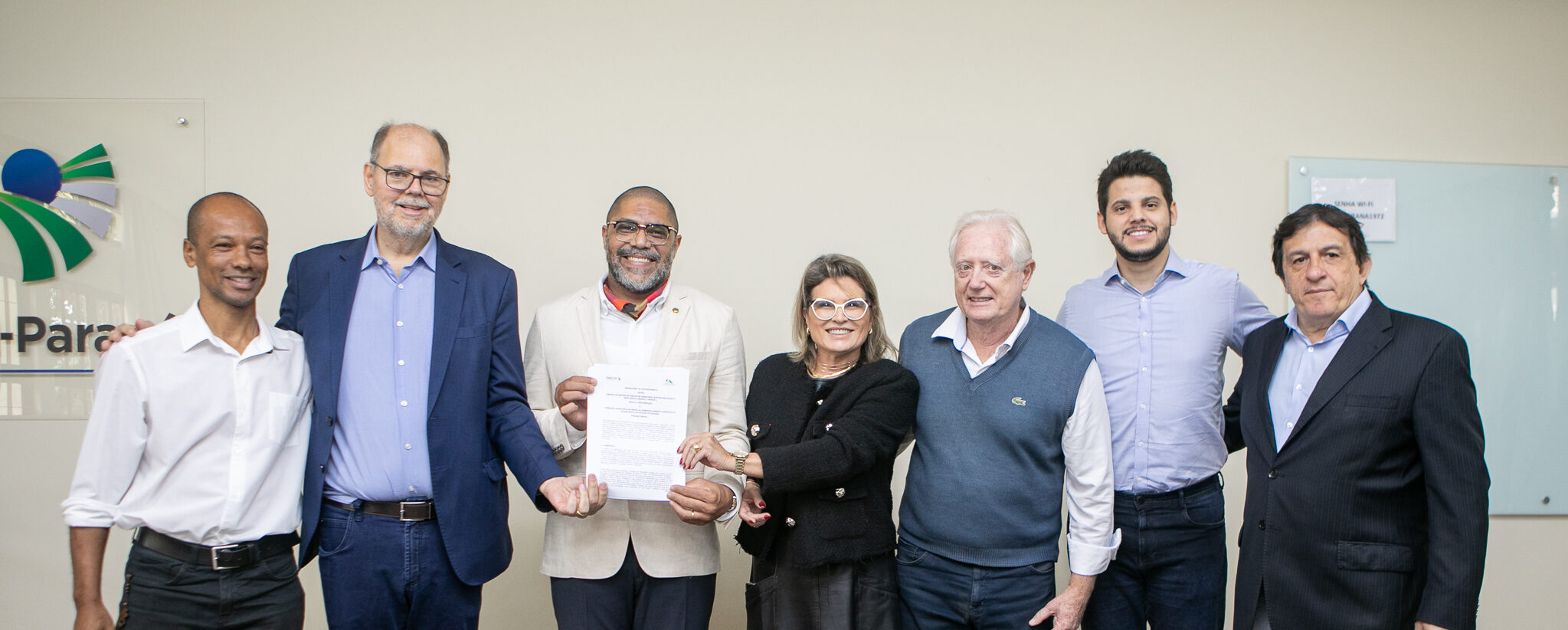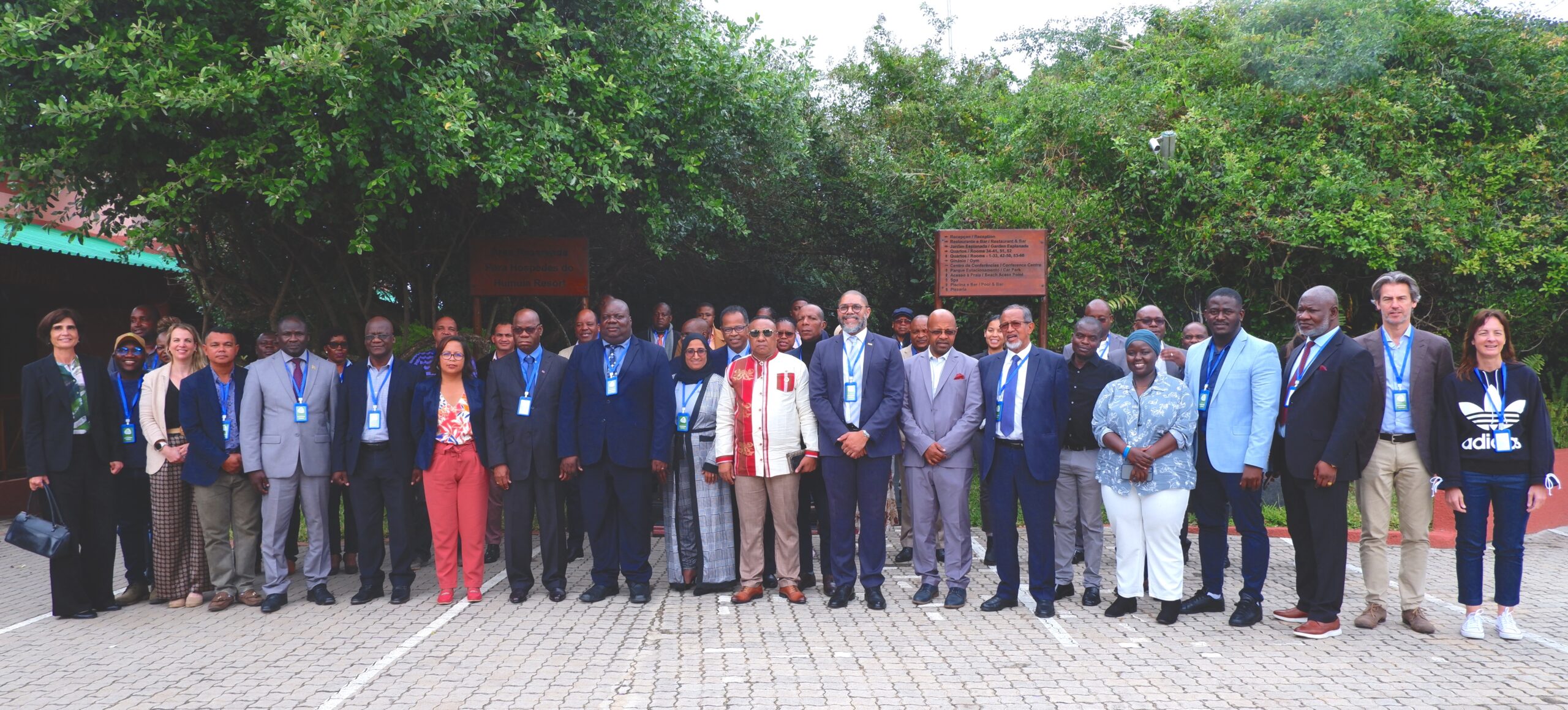The experience of the Resilience Action Plan for the community of Morondava, Madagascar between February and March 2016
>> Find this article in French here
Morondava and natural hazards
The urban Municipality of Morondava is the economic capital and the unavoidable intersection of the 5 districts composing the Menabe region, in the Malagasy Middle-East. The lack of maintenance of the infrastructures and the precarity of the construction materials aggravate even more the city’s vulnerability to climate hazards.
The natural hazards affecting Madagascar are inventoried in particular by the CRED (Centre for Research on Epidemiology of Disasters) and the OUFDA (Office of US Foreign Disaster Assistance), which indicate that the island is regularly impacted by cyclones, floods, droughts, epidemics and insect and pest invasions. The cyclones are particularly frequent with devastating impacts. For instance, the Fanele cyclone reached the Morondava district in 2009, mostly affecting the city of Morondava and its periphery.
The impact of cyclones and floods is reinforced by deforestation and accelerated coastal erosion. River flooding accelerates alluvial transport and the sedimentation process, which changes the balance of the deltaic plain and increases its vulnerability to flooding and erosion.
The National Action Program for Adaptation to Climate Change (NAPA) in the Menabe region and Morondava provides a series of measures to mitigate the effects of climate change on the coastal regions of Madagascar. The fokontany of Avaradrova, Sans Fil, Ampasy and Tanambao give an overview of the urban characteristics and the risk profile of the Morondava municipality. These range from the difficulty of acquiring a house built in solid which leads to squatterisation, to the regression of these districts due to marine erosion. They also include the accelerated acquisition of land by investors in tourism or even the significant needs in infrastructure and awareness, notably regardingwaste management, public lighting, and the protection of access roads against flooding.
In order to make the municipality resilient in the face of disaster risks and the adverse impacts of climate change, Morondava sought and established a partnership with the United Nations Human Settlements Program (UN-Habitat) and the Technical Center for Disaster Risk Management, Sustainable Development and Urban Resilience (DiMSUR), in order to develop a Resilience Action Plan (RAP) adapted to the needs of the municipality. The Morondava’s RAP, the first in Madagascar, defines a strategic framework identifying transversal and cross-sectoral priority actions. It also establishes specific short, medium and long-term activities to strengthen the city’s resilience and adaptability to the threat of climate change. The purpose of the CityRAP is to serve as a guideline for the interventions of the Municipality, the communities and other partners involved in the field and in the institutions.
The CityRAP Tool
The plan was developed using the innovative CityRAP methodology. This tool enables the implementation of participatory methods that use and value local knowledge. Thus, through several exercises and consultations with municipal, regional, district, and fokontany authorities as well as with grass-roots communities, civil society organizations and other actors whose involvement was deemed relevant. A total of 144 participants contributed to the development and adoption of the plan.
The municipal technicians forming the RAP team were trained to carry out the exercise themselves, with the support and strategic advice of UN-Habitat and DiMSUR:
- Initially, the municipal team carried out an audit of its own services under the supervision of the CityRAP team, with the aim of identifying and prioritizing the main problems to be solved.
- In a second phase, the CityRAP team conducted the participatory risk mapping exercise in four fokontany: Ampasy, Avaradrova, San Fil and Tanambao.
- Based on the results of the audit and risk mapping, a list of priority actions to reduce risks, enhance resilience and improve the city’s capacity to adapt to climate change was established and discussed.
- Finally, the city adopted a Plan of Action for Resilience based on four priority actions. The implementation of the action plan and the monitoring and evaluation mechanism for the municipality of Morondava will be developed by the Municipal Assembly.

CityRAP Tool
The City Resilience Action Planning Tool – or the CityRAP tool – is a set of exercises and activities that aim to develop local governments’ capacities in sub Saharan Africa, especially in small and medium-sized cities, to better understand and plan actions which will allow them to progressively build urban resilience and reduce the risks in their cities. The CityRAP tool was developed and tested by the United Nations Human Settlements Programme (UN–Habitat), in partnership with the sub-regional Technical Centre for Disaster Risk Management, Sustainability and Urban Resilience (DiMSUR).






